Wine enthusiasts around the world often find themselves engaged in spirited debates over which varietal reigns supreme: Zinfandel or Cabernet Sauvignon. These two heavyweights of the wine world each possess their own distinct characteristics, making them beloved by connoisseurs and novices alike. While Zinfandel boasts a rich history rooted in California’s winemaking tradition, Cabernet Sauvignon exudes elegance and finesse with its iconic flavors.
In this article, we delve into the depths of these two remarkable wines, exploring their origins, flavor profiles, and food pairings to finally settle the age-old dispute – which grape truly deserves the crown as king of red wines? Get ready for a tantalizing journey through vineyards and cellars as we compare Zinfandel vs. Cabernet Sauvignon!

What is Zinfandel
Zinfandel, often associated with California’s vibrant wine scene, is a captivating varietal that originated from the Dalmatian coast of Croatia. It was brought to the United States in the mid-19th century and has since become one of California’s signature grapes. This bold and versatile grape offers a complexity that is hard to replicate, with flavors ranging from rich blackberries and dark cherries to spicy pepper notes.
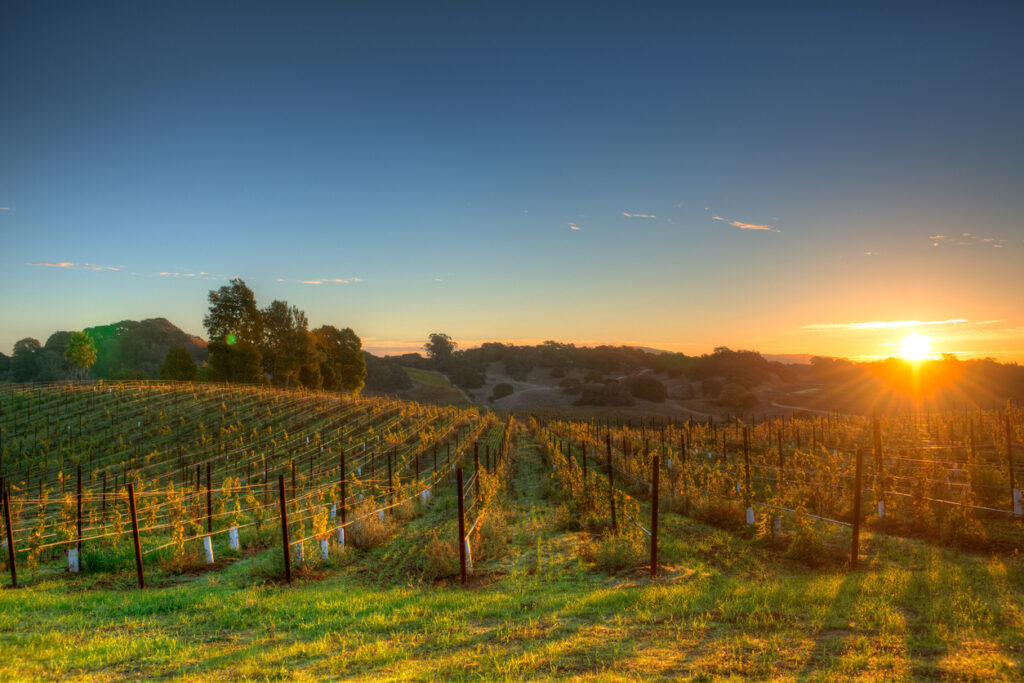
What sets Zinfandel apart is its ability to adapt to different climates and terroirs. From the foggy coastal regions of Sonoma County and Napa Valley to the warm inland soils of Paso Robles, this grape thrives in various microclimates across California. These diverse growing conditions give rise to an array of styles, where leaner versions exhibit brighter acidity while riper ones boast jammy fruit flavors.
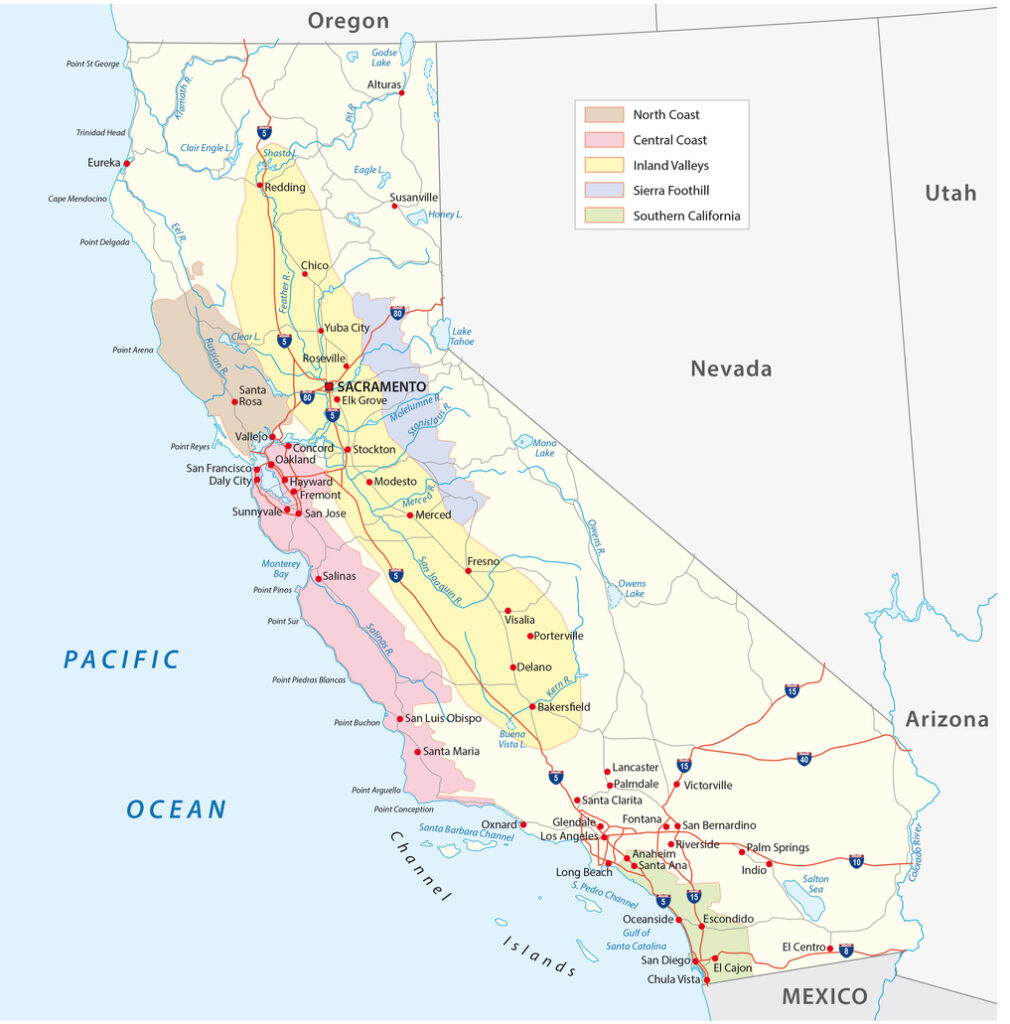
Despite its Croatian origins, it is California that truly embraced Zinfandel as their own. The Golden State produces some of the most exceptional Zinfandels worldwide due to its optimal growing conditions for this varietal. Its popularity has also spurred winemakers in other parts of the world, such as Australia and Italy, to experiment with this hearty grape.
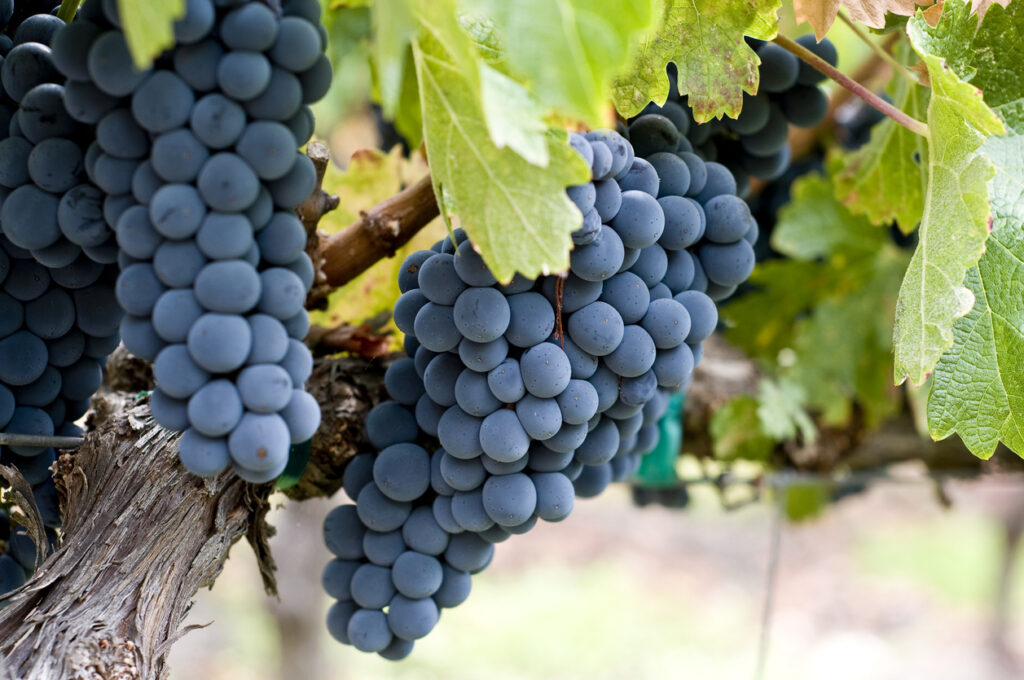
Ultimately, Zinfandel presents wine enthusiasts with an exciting opportunity for exploration through its range of expressions influenced by climate, winemaking techniques, and vineyard sites.
What is Cabernet Sauvignon
Cabernet Sauvignon, a renowned red grape variety, holds a special place in the heart of California winemaking. Originally from France’s Bordeaux region, it quickly gained popularity among vintners in the sunny valleys and rolling hills of the Golden State. Thanks to its adaptability to different soil conditions and microclimates, California has become one of the leading producers of this luscious wine. What makes Cabernet Sauvignon from California truly exceptional is how it gracefully combines Old World elegance with New World boldness.

With roots dating back to the 19th century, Cabernet Sauvignon has evolved into an icon in Californian viticulture. Ranging from lush Napa Valley blends to earthy Sonoma County expressions, each bottle reflects its unique terroir perfectly sculpted by Pacific breezes and abundant sunshine. The warm climate allows for optimal ripening of the grapes while preserving their acidity and tannin structure, resulting in wines that possess both power and finesse. It is this balance that sets California Cabernet Sauvignon apart – it showcases rich black fruit flavors alongside refined notes of cedar, tobacco, and vanilla.
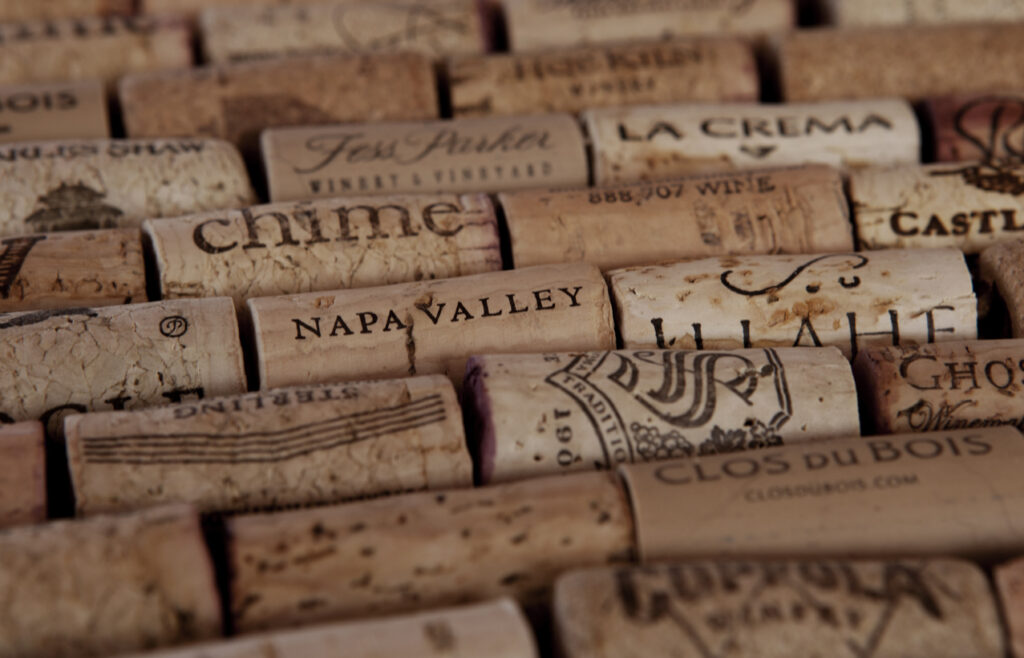
The allure of Cabernet Sauvignon lies not only in its remarkable taste profile but also its ability to age beautifully over time. Many Californian winemakers craft their Cabernets with aging potential in mind, recognizing that these wines can unveil layers upon layers of complexity as they mature gracefully in your cellar.
Flavors of Cabernet Sauvignon and Zinfandel
Cabernet Sauvignon and Zinfandel are two of the most popular red wine varietals, both known for their bold flavors and rich profiles.

Flavors in Cabernet Sauvignon
Cabernet Sauvignon is often described as having notes of dark fruits like blackberry, black cherry, and cassis, along with hints of tobacco, cedar, and leather. However, there’s more to this classic grape than meets the eye. Depending on the region it’s grown in, Cabernet Sauvignon can also showcase additional flavors such as eucalyptus or mint in cooler climates or mocha and chocolate in warmer regions.

Zinfandel Flavors
On the other hand, Zinfandel offers a completely different taste experience. Known for its luscious fruit-forward profile, Zinfandels are typically bursting with flavors of ripe raspberry, blackberry jam, and plum. However, what sets this grape apart is its signature spicy characteristic. Zinfandels often display peppery notes that can range from subtle white pepper to bold cracked black pepper undertones. This spiciness adds an intriguing complexity to the wine’s already robust fruitiness.

Cabernet Sauvignon vs Zinfandel Flavors
When comparing these two wines side by side, one can truly appreciate the contrast between them. While Cabernet Sauvignon showcases a more structured elegance with its dark fruit and intricate layers of savory elements like tobacco and leather; Zinfandel embodies a more exuberant personality with its jammy fruitiness combined with hints of spice that add an exciting kick to every sip.
Tannins in Cabernet Sauvignon and Zinfandel
Tannins play a significant role in the flavor and structure of red wines, and this is particularly true for Cabernet Sauvignon and Zinfandel.
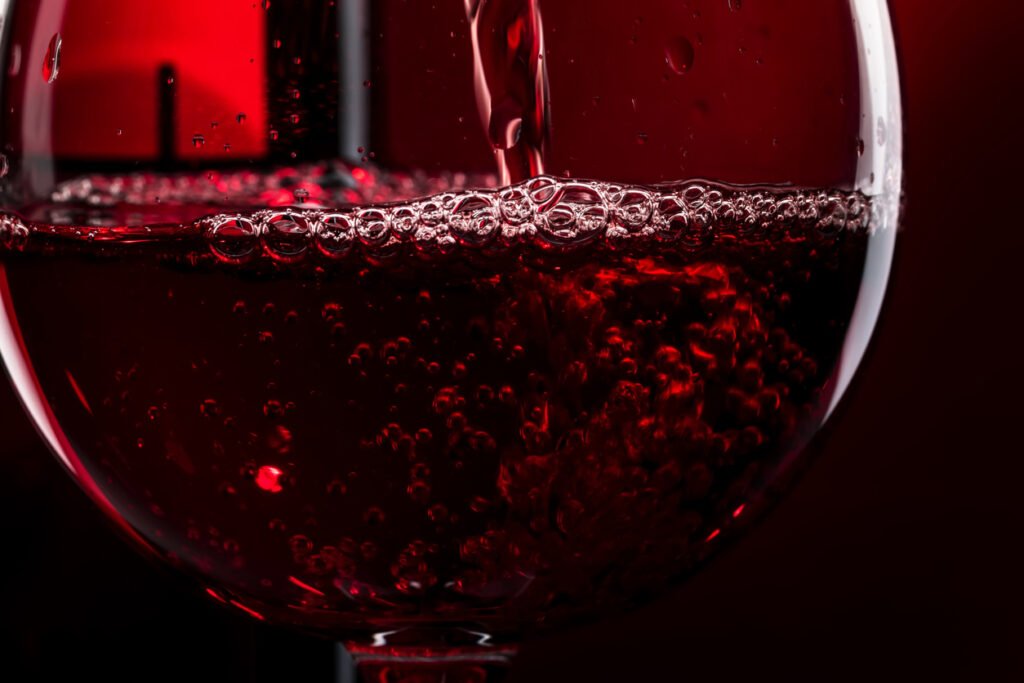
Cabernet Sauvignon Tannins
Cabernet Sauvignon is known for its firm tannins that add structure and complexity to the wine. The tannins in young Cabernet Sauvignon can be quite grippy, giving the wine a drying sensation on the palate. However, as the wine matures, these tannins soften and become more integrated, resulting in a smoother mouthfeel.
Tannins in Zinfandel
On the other hand, Zinfandel tends to have lower levels of tannin compared to Cabernet Sauvignon. This allows for a more approachable drinking experience with Zinfandel wines that are meant to be consumed in their youth. The softer tannins of Zinfandel contribute to its characteristic fruit-forward profile with flavors of ripe berries and jammy fruit. This makes it an excellent choice for those who prefer wines with less pronounced tannic structure.
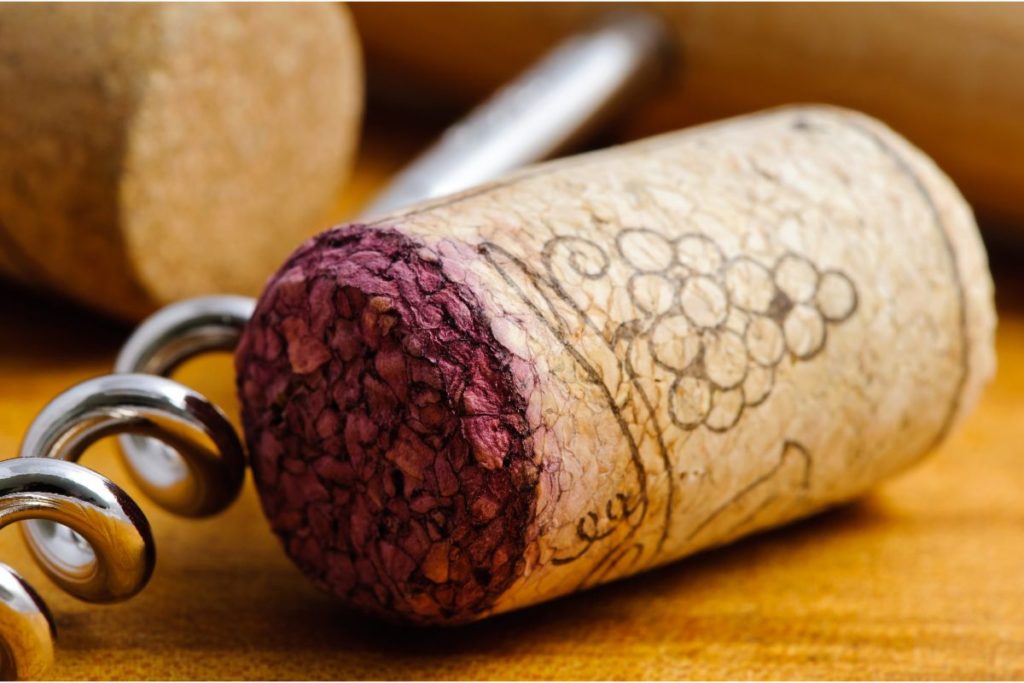
Cabernet Sauvignon vs Zinfandel Flavors
While both Cabernet Sauvignon and Zinfandel showcase different expressions of tannins, they offer unique experiences for wine enthusiasts. Whether you enjoy the boldness and aging potential of Cabernet Sauvignon or prefer the accessible charm of Zinfandel, exploring these wines can lead to a deeper appreciation of how tannins impact our sensory perception when enjoying a glass of red wine.
Acidity of Cabernet Sauvignon and Zinfandel
Cabernet Sauvignon and Zinfandel, two popular red wine varietals, are known for their bold flavors and smooth textures. However, one of the key factors that sets them apart is their level of acidity. While both wines exhibit noticeable acidity, Cabernet Sauvignon tends to have a higher level compared to Zinfandel.
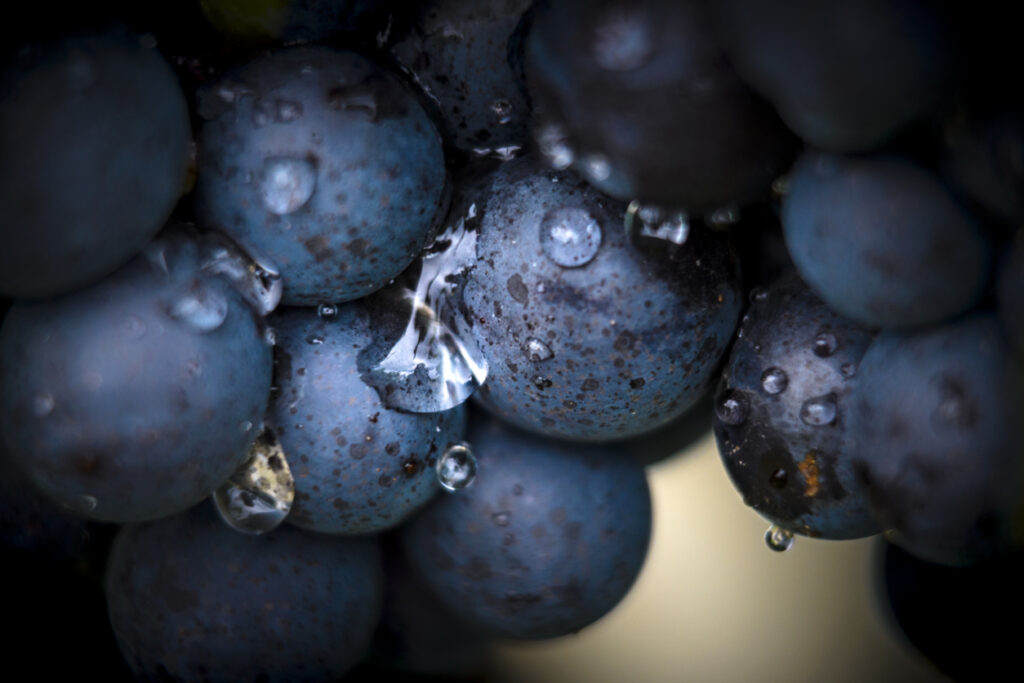
Cabernet Sauvignon Acidity
The high acidity of Cabernet Sauvignon adds a refreshing and lively tone to its already complex flavor profile. It balances out the richness from tannins and enhances the wine’s overall structure. The vibrant acidity also allows Cabernet Sauvignon to age well, developing more depth and complexity over time.
Zinfandel Acidity
On the other hand, Zinfandel offers a lower but still present level of acidity that contributes to its fruit-forward character. This moderate acidity softens the wine’s robust raspberry and black cherry notes while maintaining a pleasant juiciness on the palate.

Cabernet Sauvignon vs Zinfandel Acidity
In conclusion, while both Cabernet Sauvignon and Zinfandel showcase varying levels of acidity, it is ultimately a matter of personal preference that determines which one will be more appealing to any given individual. Whether you seek out the zesty vibrancy offered by Cabernet Sauvignon or prefer the slightly milder tartness found in Zinfandels, these wines are sure to provide an enjoyable drinking experience with their unique profiles shaped by their individual acid levels.
Food Pairing of Cabernet Sauvignon and Zinfandel
Cabernet Sauvignon and Zinfandel are two well-known and beloved red wines, each with their own unique flavors and characteristics. When it comes to food pairing, these wines can offer a delightful experience that enhances both the taste of the wine and the accompanying dish.
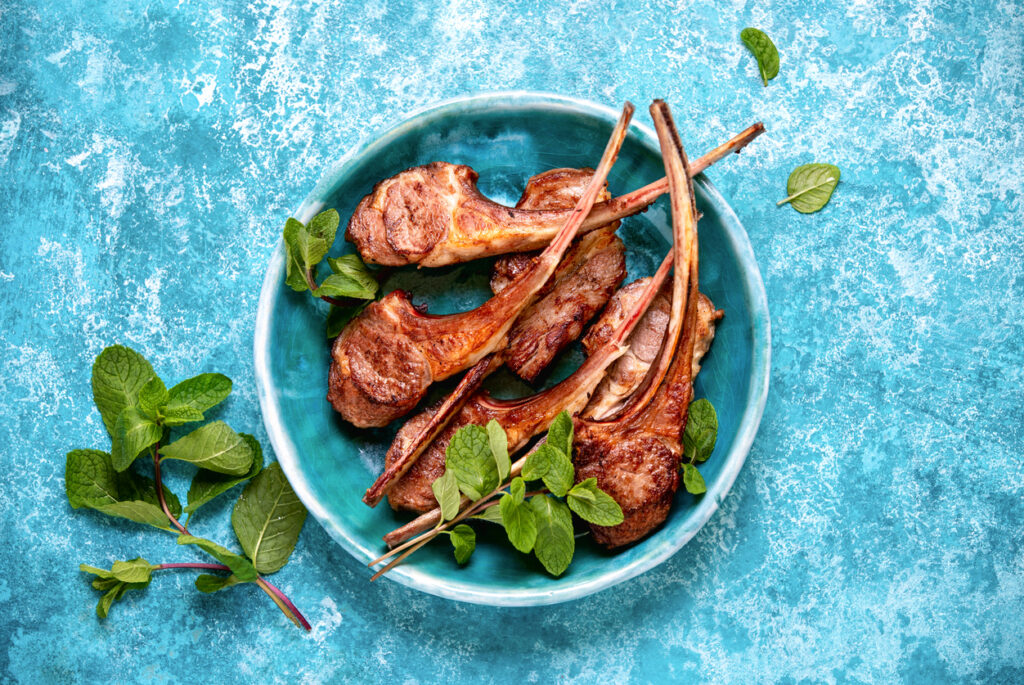
Cabernet Sauvignon Food Pairing
The boldness and intensity of Cabernet Sauvignon make it an ideal match for rich, hearty dishes such as beef stew or roasted lamb. The tannins in this wine help to cut through the fat and bring out the flavors of the meat. Additionally, Cabernet Sauvignon’s dark fruit notes complement dishes with mushroom sauces or herb-infused rubs, adding depth and complexity to every bite.
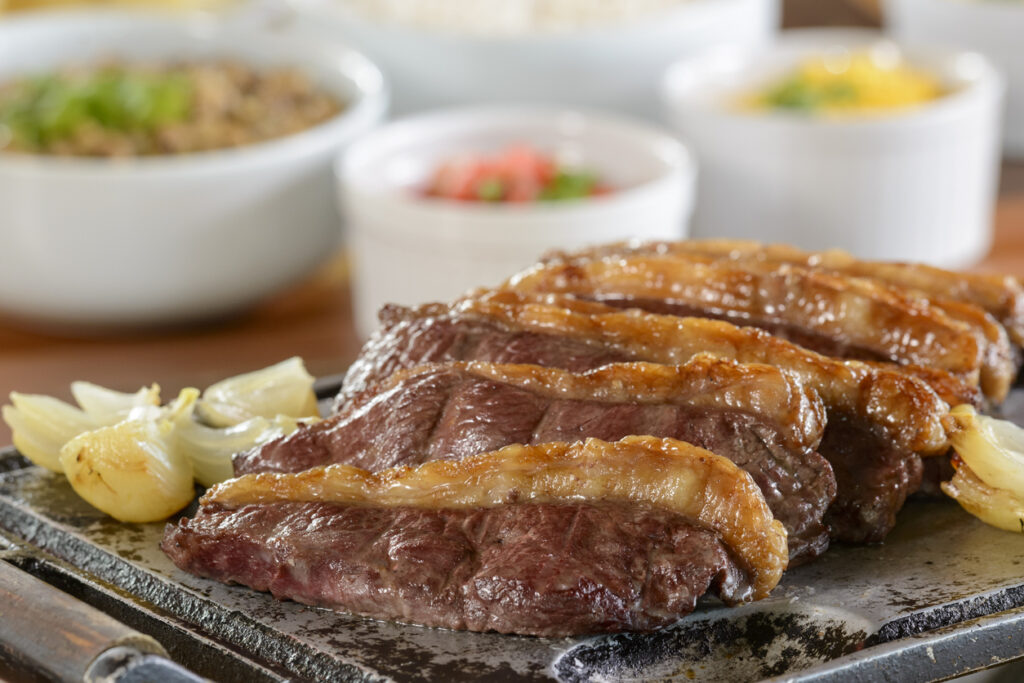
Zinfandel Food Pairing
On the other hand, Zinfandel’s jammy fruitiness pairs wonderfully with spicy foods. Its natural sweetness balances out the heat of dishes like Cajun gumbo or spicy barbecue chicken. Furthermore, Zinfandel’s higher alcohol content gives it a robustness that can hold up against bold flavors, making it an excellent choice for dishes featuring smokey or grilled elements.
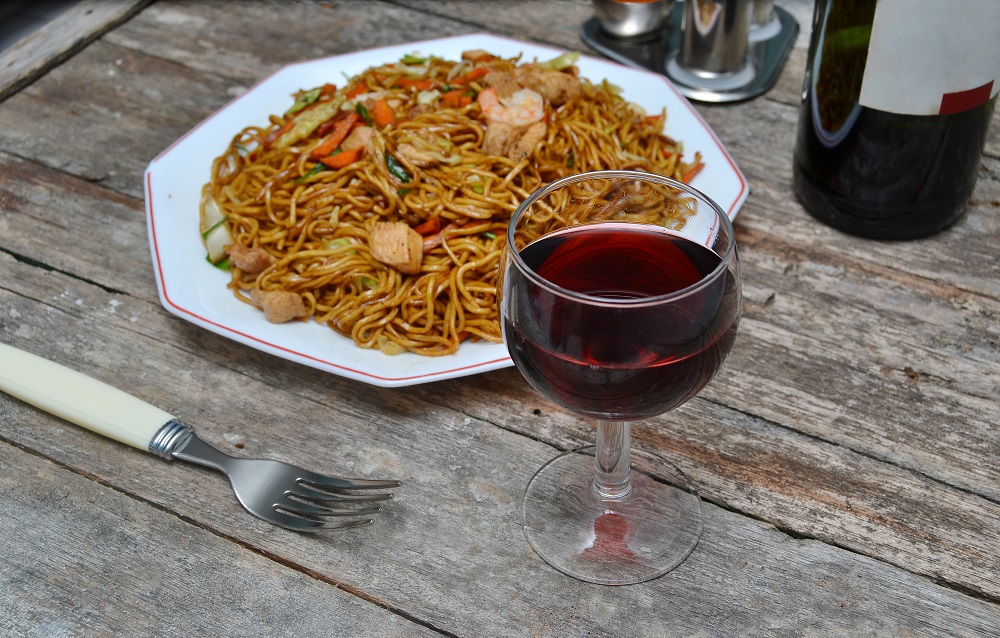
In conclusion, while both Cabernet Sauvignon and Zinfandel have their own distinct food pairing abilities, they can both be incredibly versatile when combined with complementary cuisines. Whether you’re serving up a rich meaty dish or enjoying something spicy and full of flavor, reaching for one of these classic reds is sure to elevate your dining experience to new heights.
How to serve Cabernet Sauvignon and Zinfandel
Temperature is key when it comes to serving Cabernet Sauvignon and Zinfandel. These full-bodied wines benefit from being served at a slightly cooler temperature than room temperature. For Cabernet Sauvignon, aim for around 60-65°F (15-18°C) while Zinfandel can be enjoyed slightly cooler at around 55-60°F (13-15°C). The cool temperature helps to preserve the wine’s structure and balance, allowing its flavors and aromas to shine.

Decanting these wines can also greatly enhance the tasting experience. For younger Cabernet Sauvignons and Zinfandels, decanting not only helps aerate the wine but also softens any harsh tannins that might be present. We recommend to decant these wines for at least an hour before serving, allowing them to open up and reveal their full potential. Older vintages of both varieties may require less time in the decanter as their flavors are already well-integrated.

Remember, serving temperatures and decanting times are suggestions rather than strict rules. Ultimately, personal preference should guide your decisions. Experiment with different temperatures and decanting times to find what works best for you and your guests.

